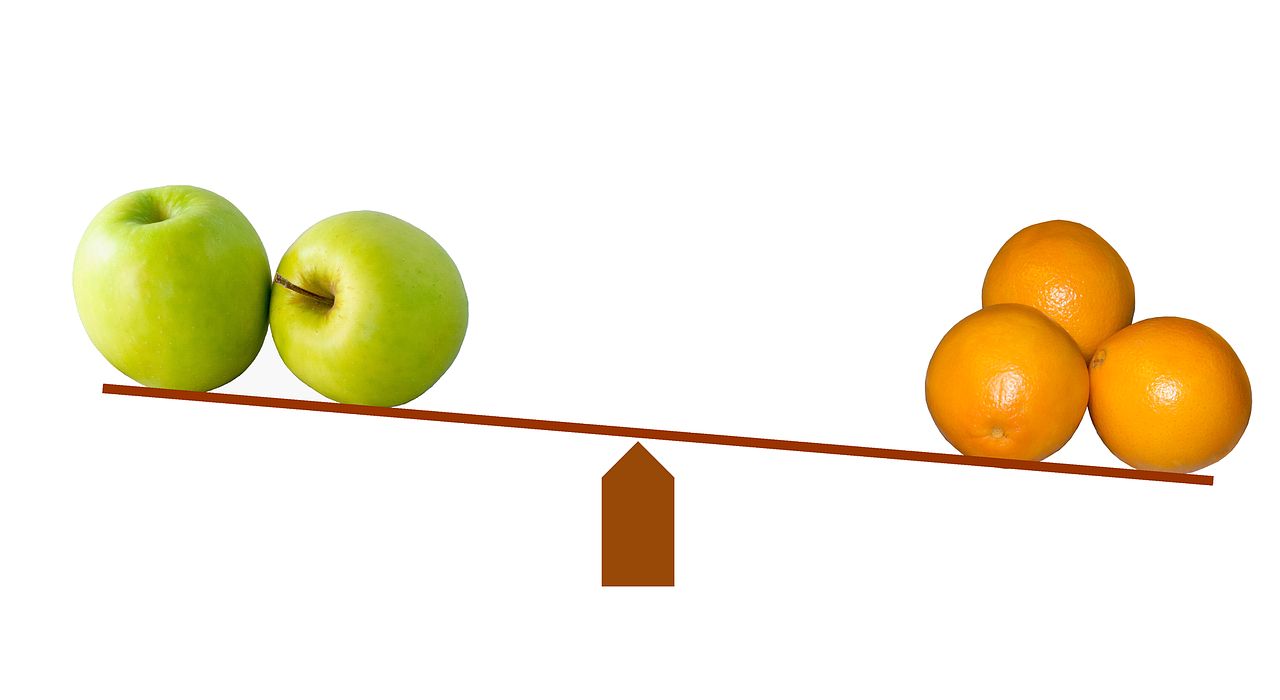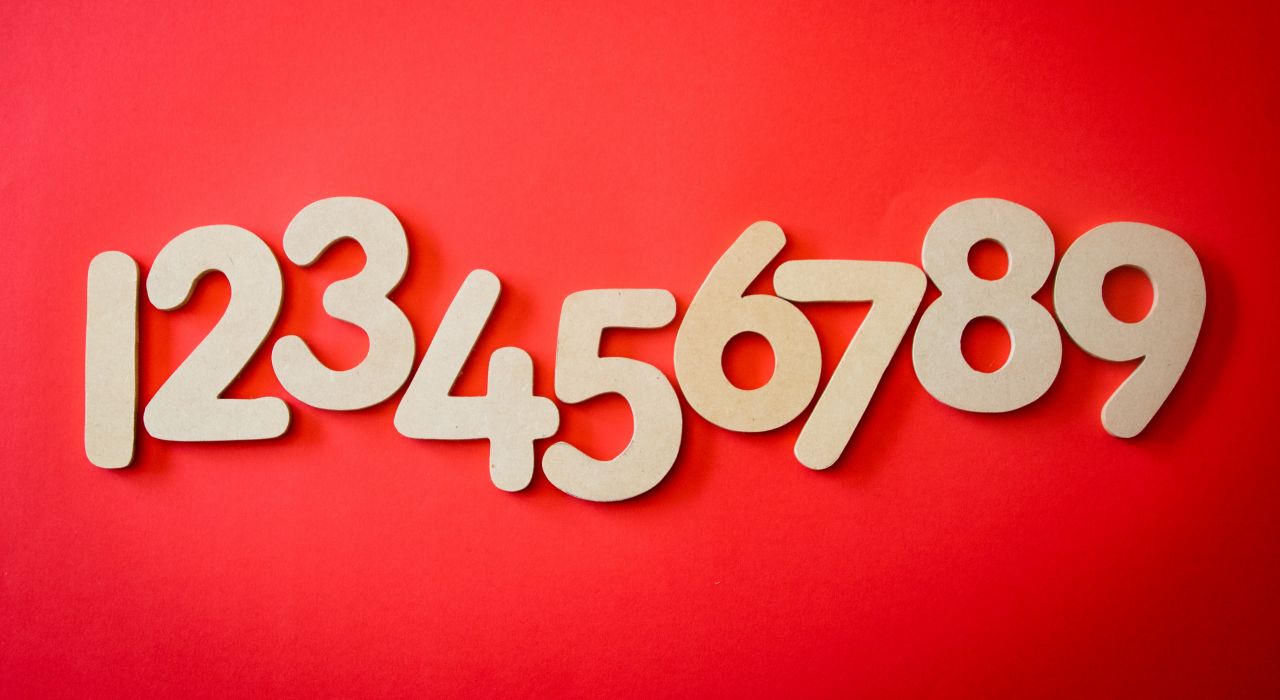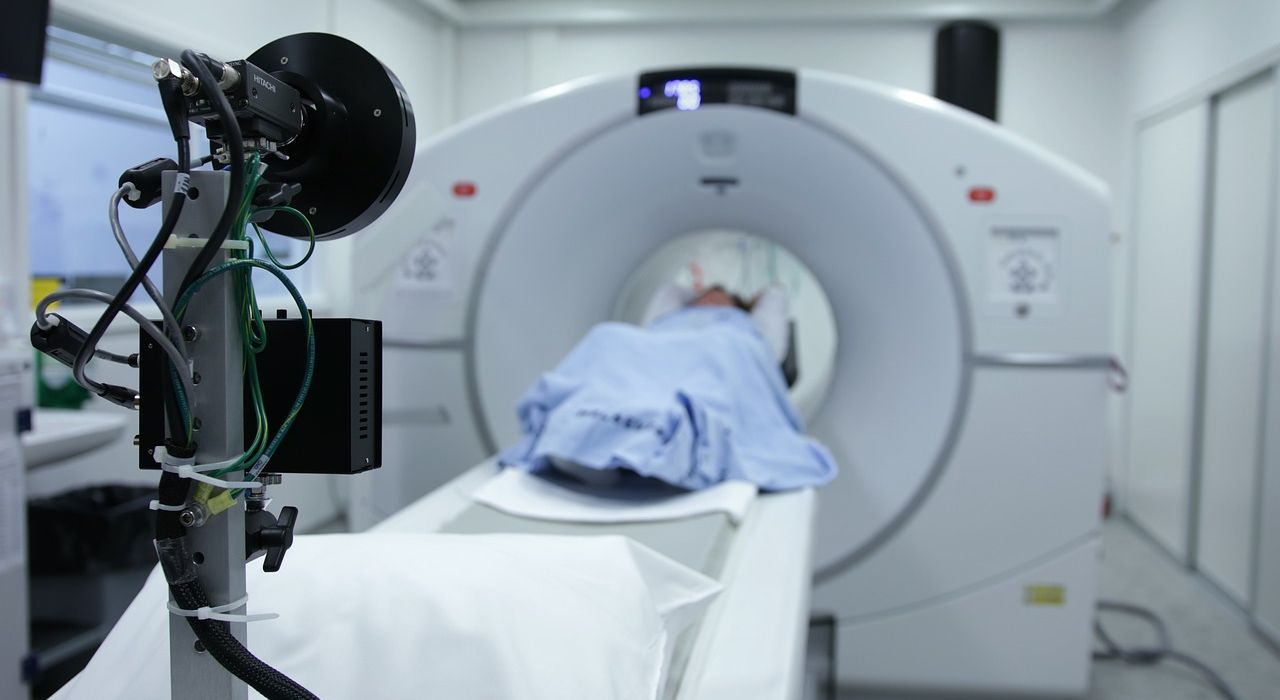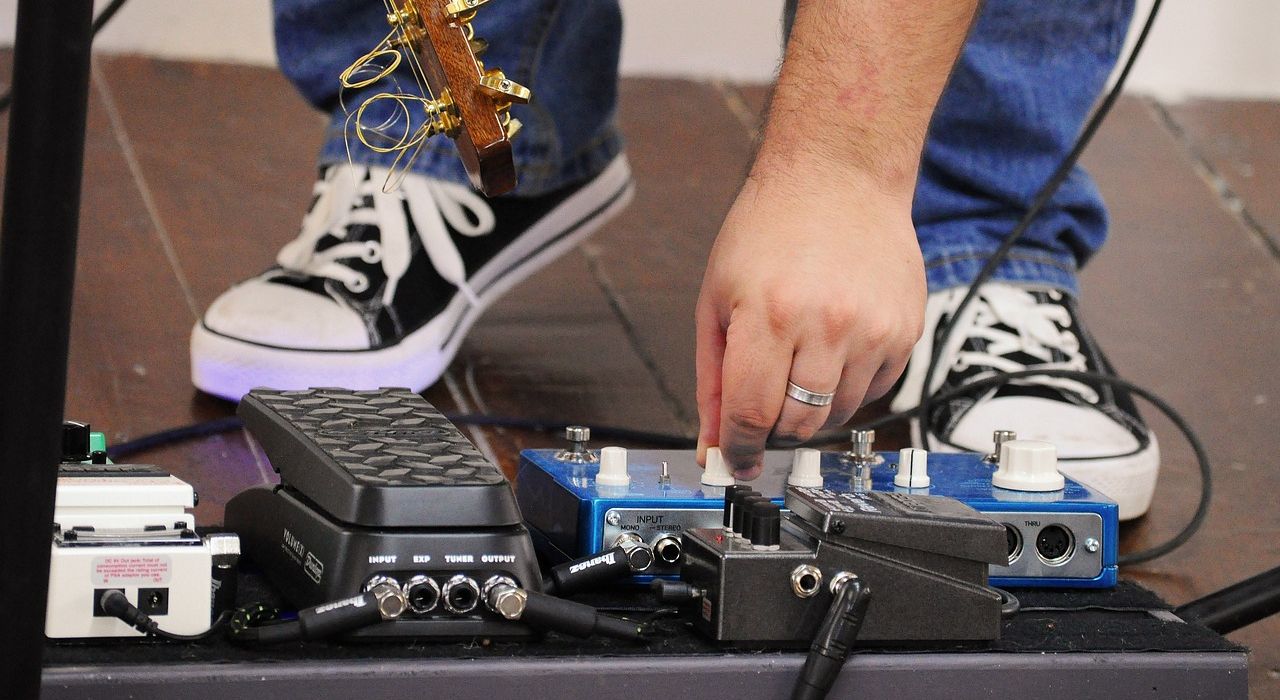2020年11月19日、CAFCは、類似のライセンス契約の存在をもとに、ロイヤリティ料率にentire-market-value royalty baseを適用する判決をだしています (Vectura Limited v. Glaxosmithkline LLC, et al. (Fed. Cir. November 19, 2020)) 。
CAFCは、最近、IPRの決定に対する控訴で、特許権者が、連邦地裁で非侵害のサマリージャッジメントが出た後控訴しない旨の宣誓書を提出したので、争いはmootであるとし、これを却下しました(ABS Global v. Cytonome/ST (Fed. Cir. 2021))。
The Federal Circuit’s recent decision in SIMO Holdings, Inc. v. Hong Kong uCloudlink Network Technology Limited (decision) highlights the importance of English grammar when drafting, revising, and amending patent claims in the U.S.
In SIMO, the relevant claim language reads:
A wireless communication client or extension unit comprising a plurality of memory, processors, programs, communication circuitry, authentication data stored on a subscribed identify module (SIM) card and/or in memory and non-local calls database, …
which, for purposes of discussion, can be rewritten as:
A … comprising a plurality of A, B, C, D, E and F, …
The District Court construed the important phrase “a plurality of” to require only “at least two” members selected from the entire list of A-F (e.g., A and B, A and F, C, D, and E, etc.), and as a result found the claim to be infringed. The Federal Circuit disagreed with this claim interpretation, however, and interpreted the claim to require at least two of each of the listed items.
The Federal Circuit based its decision on a very well-known English grammar sourcebook (William Strunk, Jr. & E.B. White, The Elements of Style) and on its earlier SuperGuide decision where it found that, as a matter of ordinary and customary meaning, a phrase grammatically comparable to “a plurality of” at the start of a list of items, joined together by “and”, applied to each item in the list, not to the list considered as a whole. The court further noted that the mix of plural, singular, and mixed-use forms of words in the list following “a plurality of” (“memory,” “processors,” “programs,” “circuitry,” “data,” “database”) made the SIMO phrase “a bit of a mess grammatically” and explained that, because the list uses “and” rather than “or,” the phrase is properly understood as if the word “of” appears before each item (i.e., a plurality of A, of B, of C, of D, of E and of F). As a result, and given the proper interpretation of the claim, the court determined that there was no infringement.
Takeaway: The SIMO case provides a good reminder to review U.S. claims for both accuracy and English grammar, either prior to submission (e.g., in a preliminary amendment) or in response to an Official Action.
Judges: O’Malley, Wallach, Taranto
Typically, the first step in mounting an obviousness challenge is to determine the scope and content of the prior art. However, more than just an early publication date is required for a reference to qualify as prior art against a given claim – it must also be “analogous.”
Traditionally, two separate tests are used to define the scope of analogous prior art: (1) whether the art is from the same field of endeavor as the claimed invention, regardless of the problem addressed and, (2) if the reference is not from within the field of the inventor’s endeavor, whether the reference is reasonably pertinent to the particular problem with which the inventor is involved. Recently, in Donner Technology, LLC v. Pro Stage Gear, LLC, (decision) the Federal Circuit clarified test (2) – the “reasonably pertinent” test.
In Donner the issue was whether Mullen, directed to supported electrical relays, was analogous to the target patent, directed to a guitar effects pedalboard. While the PTAB held that Mullen was not analogous, the Federal Circuit disagreed.
In explaining its decision, the Federal Circuit clarified that the dividing line between reasonable pertinence and less-than-reasonable pertinence ultimately rests on the extent to which the reference of interest and the claimed invention relate to a similar problem or purpose. Thus, when addressing whether a reference is analogous art with respect to a claimed invention under a reasonable-pertinence theory, the problems to which both relate must be identified and compared. This identification and comparison, the court noted, must be from the perspective of one of ordinary skill in the art who is considering turning to art outside their field of endeavor, and the question that must be answered is whether this person “would reasonably have consulted” the reference in solving the relevant problem even if they did not understand each and every last detail of the reference.
In applying this framework to the PTAB’s decision the Federal Circuit found several points lacking, and vacated their decision while providing a helpful “roadmap” to follow when addressing the issue of analogous art.
Judges: Prost, Dyk, Hughes
We are all aware of the challenges that prosecuting a claim including the term “about” can raise during prosecution – whether it is definite, whether it is defined explicitly or in some other form in the specification, etc. – but the recent Federal Circuit case Par Pharmaceutical, Inc. v. Hospira, Inc. (Fed. Cir. 2020) (decision) demonstrates the possible usefulness of the claim term “about”, and perhaps justifies the extra effort that can be necessary to bring such a claim to allowance.
In Par Pharmaceutical, the Federal Circuit found that Hospira’s generic allergy drug containing 9 mg/ml of a tonicity regulating agent literally infringed Par patents requiring “about 6 to 8 mg/mL of a tonicity regulating agent”, thereby avoiding all the issues that surround (and generally reduce or defeat) an allegation of infringement under the Doctrine of Equivalents.
Relying on the fact that Hospira had agreed that “about” meant, simply, “approximately” and on the District Court’s pretrial order that “[t]he extent of the term ‘about’ must be determined using a functional approach” the Federal Circuit found that the claim term ‘about’ avoided a strict numerical boundary of the specified parameter and was instead confined to what a person having ordinary skill in the art would reasonably consider ‘about’ to encompass. And because neither party proposed a claim construction based on intrinsic evidence (i.e., amendments and arguments made during prosecution, specification definitions, etc.), the Court explained that the scope of the term “about” must be tied to the purpose of the limitation in the claimed invention—not the purpose of the invention itself.
Then, in agreeing with Par’s expert, who explained that the limitation’s endpoints were not critical and that, given the purpose of the limitation, a relevant artisan would reasonably understand 9 mg/ml to fall within “about 6 to 8 mg/mL”, the Federal circuit affirmed the District Court’s finding of literal infringement, finding that such an expansion of the limitation was only a “modest amount”.
Takeaway: As mentioned above, this finding of literal infringement through the use of the claim term ‘about’ avoided consideration of all of the events that typically occur during prosecution and which generally narrow any possible application of the Doctrine of Equivalents, and delivered a significant victory to patentee. In view of this, consideration should be given to including the term ‘about’ in one or a few claims of a given claim set.
Judges: Dyk, Taranto, Stoll
2020年11月10日、printed matter が構成要件に含まれる場合のprinted matter doctrine の適用の仕方について言及したCAFC判決 (C R Bard Inc. v. AngioDynamics, Inc. (Fed. Cir. November 10, 2020)) がでています。
2020年11月9日、米国CAFCは、analogous artの判断において、引例がクレームされた発明の特定の課題と合理的な関連性があるかどうかの判断基準について言及した判決をしています (Donner Technology, LLC v. Pro Stage Gear, LLC (Fed. Cir. Nov. 9, 2020))。
2020年10月23日、Induced infringementにおけるintentの有無は、主観的な心の状態によって判断され、その誘引行為 (induced conduct) が侵害行為でないと信じる客観的合理性があるかどうかでは判断できないことを明らかにしたCAFCの判決が出ています (TecSec, Inc. v. Adobe, Inc. (Fed. Cir. Oct. 23, 2020)) 。
2020年10月15日、米国CAFCは、broadest reasonable interpretation 基準のもとで明細書を参酌したクレーム解釈を行った判決をしています。
2020年10月2日、米国CAFCはジェネリック医薬品に対して誘引侵害(induced infringement)を認定する判決をしています (GlaxoSmithKline LLC v. Teva Pharmaceuticals (Fed. Cir. 2020))。










